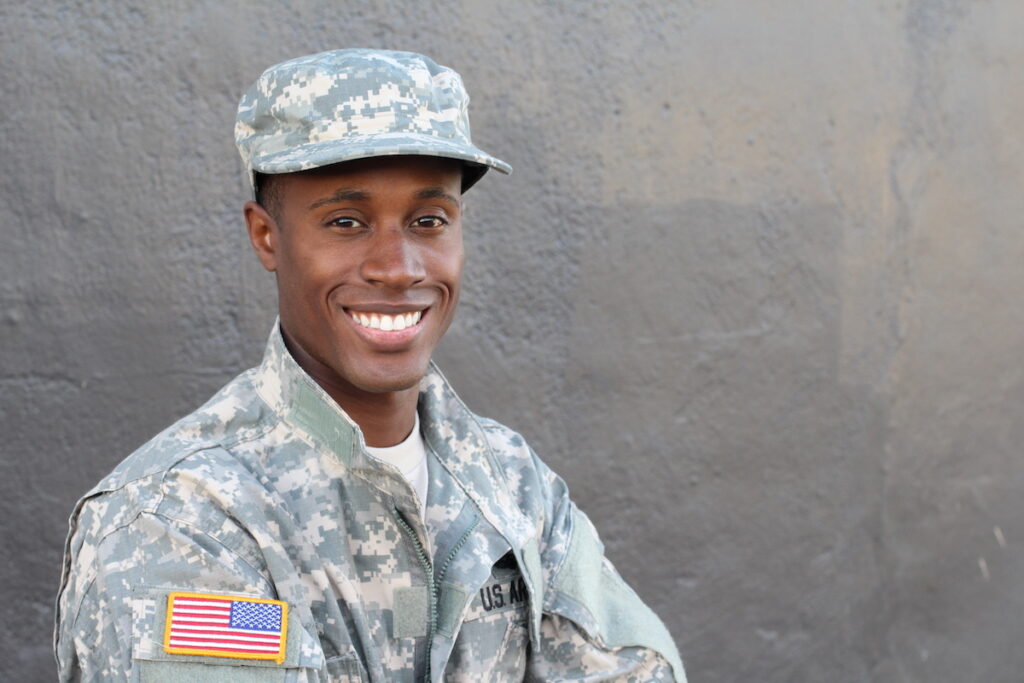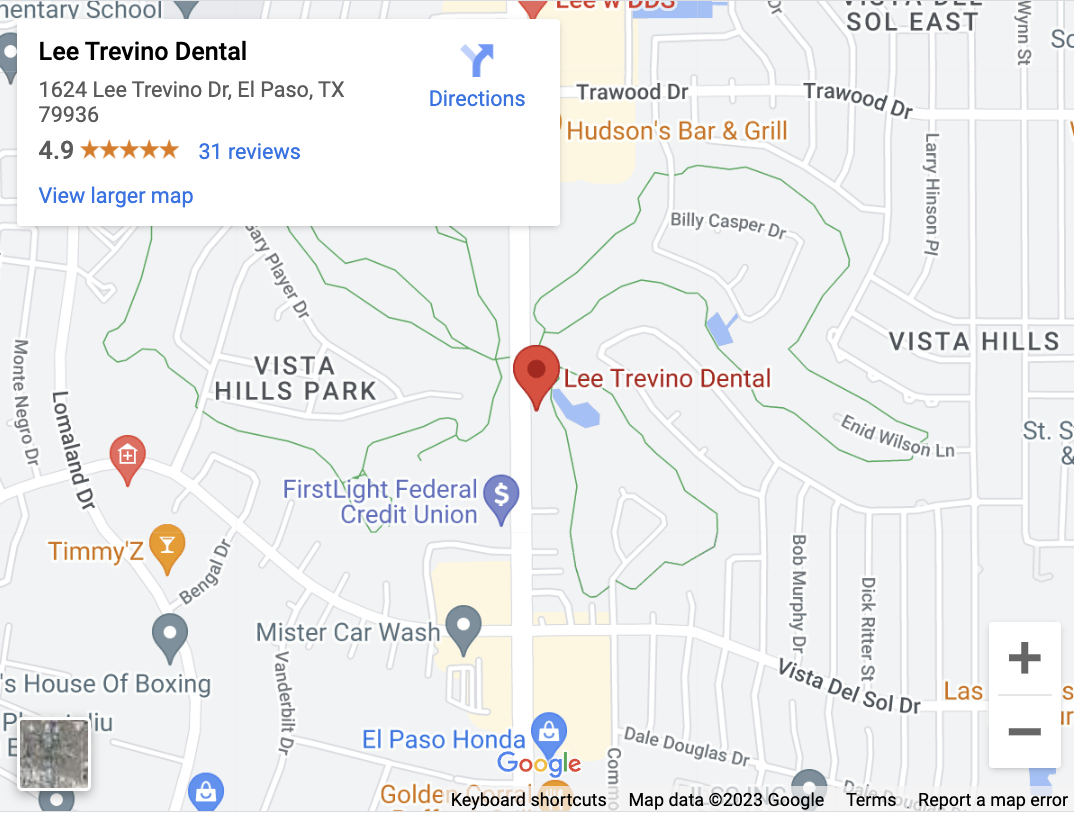
The battles of today are quite different from battles that happened in the early and mid 20th century. Soldiers today get rotations and come home or leave front lines after a few months. When it came to World War I and World War II, soldiers would be overseas and sometimes near the front lines for months, sometimes years at a time.
History has made mainstream the many diseases and conditions that soldiers endured and suffered through months on under-supplied lines. And just like soldiers were exposed to frostbite, tropical diseases, and shell shock, they also suffered from tooth pain. Dentistry played an important role for soldiers on and off the battlefield. Dentistry in battle led to many important advancements in the study of dental and oral health. Let’s take a look!
As you might imagine, dentistry in the middle of devastated and freezing Germany or the mosquito-ridden Pacific did not have the highest equipped offices or top-of-the-line equipment. Instead, dental officers were forced to work in barren and terrible conditions, while having suffering soldiers counting on them to relieve their dental pain.
Dentistry in Early America
The profession of dentistry has a long history in this country. That young American patriot that people remember from the famous horse ride and warning of “The British are coming” was a dentist himself, an early one. At that time, the military had not yet fully addressed the need for dental care for soldiers and volunteers. It wasn’t until 1911, that the first U.S Army Dental Corps was established.
When World War I broke out, the world had never seen, experienced, or anticipated any conflict of this level and caliber. At that time, the army in America was very much still evolving and countries like Britain, who’d seen themselves involved in more frequent foreign action were barely getting a hang of proper nutrition. As it turns out, the practice and advances of dentistry are often linked with changes and understanding of nutrition. what we eat.
Even today, patterns of the modern American diet can often correlate with frequently-seen dental ailments. The quality of food that soldiers were fed at that time did not help with soldier’s being out on the battlefield for days at a time practicing poor hygiene and in poor conditions. At that time, the Brits had pretty good ration portions, the Americans were known to provide the most calories, and the French had a much-envied wine ration.
If you were a British soldier on the front lines of the world’s most mind-altering war, you found yourself surviving on such mouth-watering items such as Fish Paste, deliciously prepared with mashed up cans of sardines and corned beef. Most of the food you ate would be tinned and not of very high quality. One might be surprised to know that when the British Expeditionary Force marched out in 1914, not a single dental care professional went with them.
The Brits would quickly gain the infamous reputation for unsightly grills, one that developed from too much sugar and biscuits and too little dentists. We don’t often think about it, but back in the day, soldiers that lost their teeth in battle would be rendered useless, since much of the British Army rations were not easily chewed by toothless chums. Many would, of course, find ways around this and soak their notoriously brick-like biscuits in tea or milk and get on with killing the enemy.
All of this would be hard-earned lessons that every Army would learn from and by 1918, the U.S Army had 4,620 dental officers working on active duty. Development of proper dental hygiene and dentistry practices took major leaps between World War I and by the time the Second World War got underway.
Soldiers in the field were known to dread the dentists, thinking that Army dentist visits were just another unpleasant aspect of their soldier existence, but the work these early Army dentists provided would ensure that soldiers did not find themselves cringing with pain on the battlefield due to an untreated tooth. It wasn’t always pretty, of course. The war led to a big shortage of a lot of things and supplies and proper facilities were one of them, so soldiers would often endure dental work performed in a hurry or with little to no anesthesia. Ouch!
Dentists on the Front Lines
A dental officer that traveled with a company and was assigned close to the frontlines would have quite the task in front of them. Not only were they tasked with staying alive—keeping themselves free of harm’s way and away from falling bombs or rogue artillery fire—they were also tasked with having the patience of mind to perform emergency procedures under very harrowing circumstances. All of this paid off for the field as a whole, however, as desperate times usually meant that discoveries and treatments were being discovered quickly out of pure necessity. The war led to the widespread use of penicillin, streptothricin, and external fixation screws for fractures.
While the story of hastened dental officers performing extractions under the bombardment of the German army is not always a pretty picture, it’s an important one to remember. After all, these early dentists performed extraordinary work in very harsh conditions and their tenacity led to much advancement in dentistry and dental practice for civilian and military people alike.
Here at Lee Trevino Dental, we are lucky to have state-of-the-art equipment and highly-trained dentists ready to ease your dental pain or, better yet, prevent it from happening! Connect with our office today and find out about our services.

